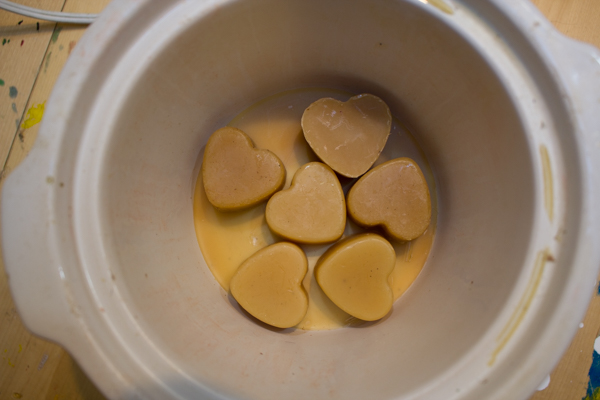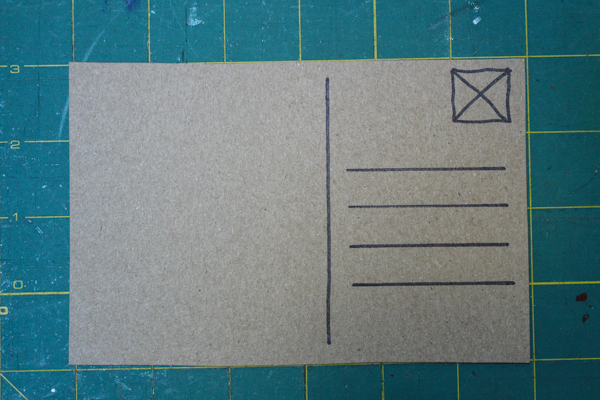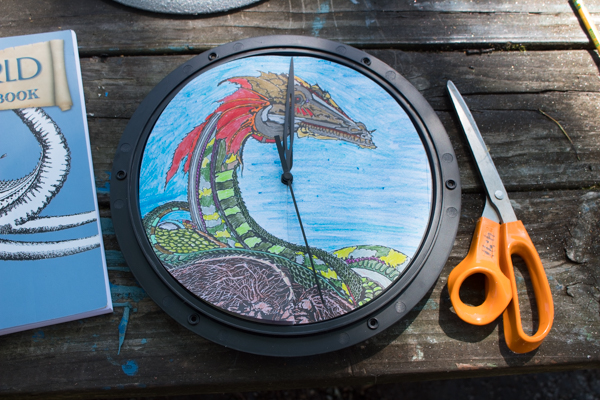This tutorial was originally published on Crafting a Green World in 2016.
If made correctly, a teacup candle is beautiful, useful, and endlessly refillable. You'll love its warm light and gentle scent, and you'll enjoy your teacup candle far more than you would a boring old store-bought container candle.
You will need:
beeswax or soy wax. I use beeswax, but soy wax is an excellent substitute. Just don't use paraffin!
wax-only crock pot or double boiler and repurposed glass jar. I thrifted a small crock pot years ago to use just for my beeswax crafts, and it's still going strong! As an alternate, you can use a double boiler and melt your solid wax in any old glass jar inside of it.
vintage teacups. Use only teacups that have no visible cracks or hairline cracks in the body of the cup; chips at the rim and broken handles should be okay, but use your own judgment.
hot glue gun and glue. You could use epoxy glue if you don't have a hot glue gun, but hot glue really is the best choice here.
pencil, tape, and clothespins. You'll use these only to hold your wicking in place, so feel free to find substitutions.
wicking. You can buy wicking constructed specifically for container candles, or use your own stash wicking that's appropriate for the diameter of the candle that you're making, or for a smaller diameter candle (this is called underwicking).
1. Examine your teacup for flaws. Your teacup should be able to withstand the candle burning, but an older teacup that has flaws might not. Check your teacup carefully for any cracks or crazed glazing; a couple of chips on the rim or a broken handle shouldn't matter, but any flaws on the body of the cup might affect its structural integrity.
2. Melt your wax. Using your crock pot or double boiler, melt enough solid wax to fill your teacup most of the way. I pour my leftover beeswax into novelty silicon trays and then store it in a glass jar, so that's why my wax is adorable.
3. Measure and glue down the wicking. Measure out a length of wicking about twice the depth of your teacup, then dispense a dollop of hot glue in the bottom center of the teacup and press one end of the wicking into it.


















































